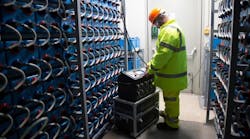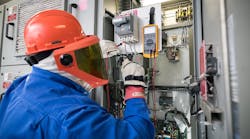The National Electrical Manufacturers Association (NEMA) has published ANSI C29.11-2012, "American National Standard for Composite Insulators—Test Methods." A composite insulator is made of at least two insulating parts — a core and a housing. ANSI C29.11 is a manual of test methods to determine the characteristics of composite electrical insulators that are defined within the standard.
According to Rob Christman, chair of the ASC C 29 Committee, other C29 standards refer to the general test procedures outlined in in ANSI C29.11 in designating test methods for specific types of electrical insulators.
View the contents and scope of ANSI C29.11-2012 on NEMA’s website. It may be downloaded at no charge, or a copy may be purchased for $45 by contacting IHS at 800-854-7179 (within the U.S.), 303-397-7956 (international), or global.ihs.com.


